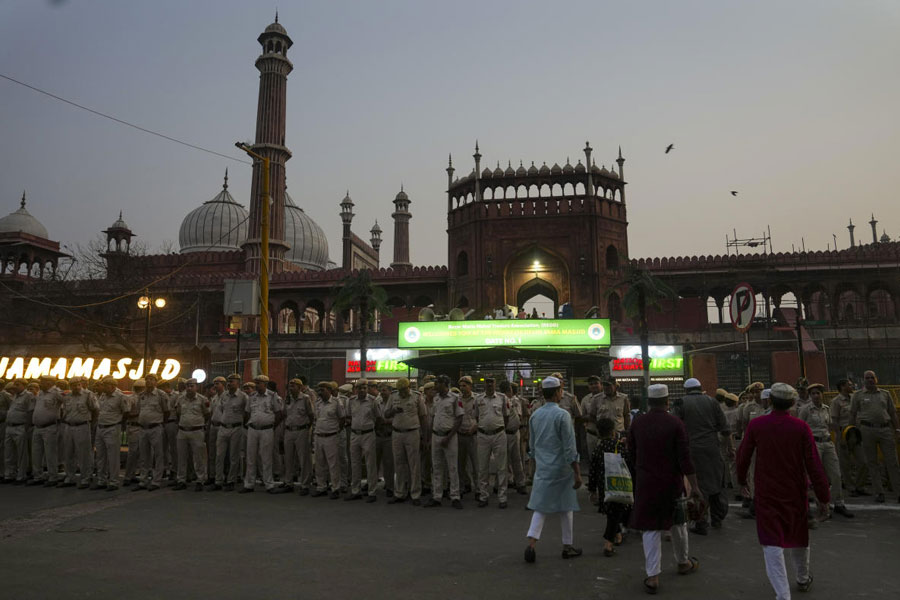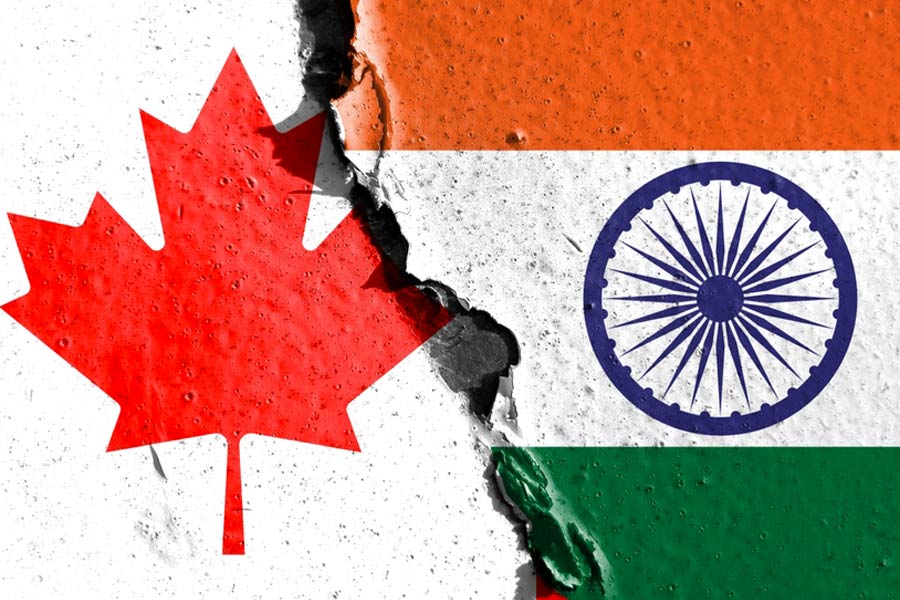New Delhi, Feb. 9: The military today promulgated joint doctrines to “enhance war fighting capabilities”, one of which plans to co-opt the media by creating a pool of “embedded journalists”.
The promulgation of the joint doctrines means the documents will now become standard texts and form part of the syllabi for training of the armed forces officers at all levels.
The doctrines were released by the chairman, chiefs of staff committee, and the army chief, General Deepak Kapoor, to a select gathering of less than 70 senior officers and bureaucrats.
The defence ministry released a statement saying the documents were a “Joint Doctrine for Sub Conventional Operations”, a “Joint Doctrine for Electronic Warfare” and a “Joint Doctrine for Maritime Air Operations”.
“The joint doctrines collectively aver that it may be more appropriate to call the battlefield of the future a ‘battlespace’, since wars would be fought not only in air, on land and sea but also in cyberspace, on electronic fronts, along information highways and media fronts,” the official statement said.
A defence source said the sections on “information warfare” and “media management” were collated with inputs from two former chiefs and specialists of the Defence Institute of Psychological Research, an outfit of the Defence Research and Development Organisation.
Among other things, the media plan in the event of a conflict must be formulated for “perception management” and “information warfare”. All conflicts are not necessarily “wars”. In official discourse, even Kargil 1999 is referred to as a “conflict”.
Select journalists may be granted access along with armed forces units near “tactical headquarters” where they would be able to watch action on screen before moving upfront.
The media plan borrows heavily from the US and its allies’ invasion of Iraq in 2003 where some journalists were trained to accompany military units — a practice that gave rise to the phrase “embedded journalism” — the ethics of which continue to be debated in newspapers and television stations.
The “Pentagonese” for journalists who were not accompanying military units, in other words, independent reporters, was “unilateral”.
Though the Indian joint military doctrines are now framing the media plan for the armed forces, the army has drawn heavily from lessons learnt in the 1999 Kargil war.
For a while, the armed forces treated the media as “force multipliers”, meaning that they regarded journalists as friendly information warriors.
But the use of that term eroded when realisation dawned that journalists would not necessarily be captive enough to multiply the military’s force.
Armed forces officers are asked by the new doctrines to emphasise increasing the “situational ethics” of mediapersons, in other words indoctrinating journalists to a level where they will appreciate the compulsions and necessities of a military action.
A separate 200-page study on “managing media” also lists dos and don’ts for officers and soldiers while dealing/interacting with journalists.











